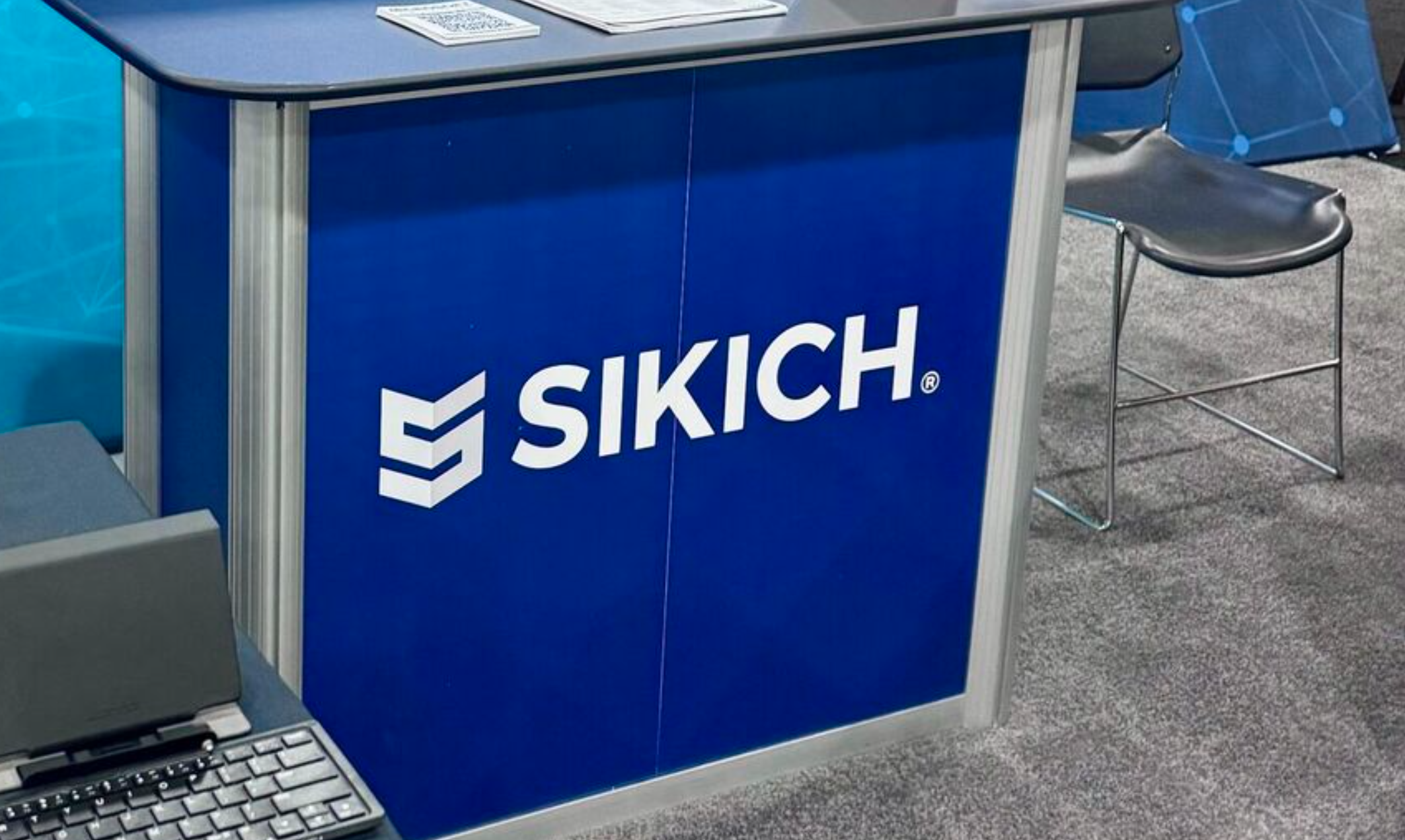Last year, much like 2020 before it, the transaction tax landscape became more complicated. There are no signs of that trend stopping in 2022.
This year, corporate tax departments should expect more transaction tax complexity as those taxes are now and will continue to be an increasingly convenient and effective way for state and local tax jurisdictions to raise revenue.
And along with those continuing challenges, tax audits around the globe have returned to pre-pandemic levels. That means tax departments need to be more vigilant than ever in understanding the regulatory and rate changes in 2022.
To do that, there are a few key trends to consider.
- U.S. states are increasingly looking to replace their income tax with more of a transaction-based source of revenue. That’s because transaction-based revenue streams are less susceptible to adverse economic cycles relative to the income tax. So, as the economic ramifications of the pandemic wear on, states want to refill their coffers, and indirect taxes are a very reliable way to do that.
- Transaction taxes are generally easier to administer and audit relative to the income tax because of the many complex preferences built into the income tax from federal and state legislative perspectives.
- Transaction taxes are generally easier to expand by local jurisdictions by implementing new or higher rates. Both state and locals can expand the base quickly to new business streams – namely digital products, services, cryptocurrencies, tobacco, alcohol, firearms, and environmental fees.
This all tracks with what Vertex saw in 2021, and tax departments can understand how to better react to what’s happening in 2022 by understanding the changes that came in 2021. In fact, in the past year, jurisdictions in the U.S. continued to broaden the tax base, with 197 new district taxes implemented. That’s the second-highest increase in the last decade.
This trend is continuing with 23 new district taxes added in the first two months of 2022, bringing the total supported by Vertex to 2,743, including metropolitan, public improvement, and resort districts.
Beyond new taxes, there have been numerous rate changes across the country, and very few of those changes came as decreases. The vast majority of sales tax rate changes in 2021 were increases at the city (85%) and county (72%) levels.
Outside of new taxes and increasing rates, economic nexus laws related to digital sales constantly evolve. To date, 45 states and the District of Columbia have adopted economic nexus laws that continue to change in dollar and transaction threshold amounts.
While protocols like electronic invoicing, real-time reporting, and other digital tax regimes keep popping up in Europe, these have yet to reach the U.S. It is clear that some states are beginning to consider these proposals.
In addition, states are now actively trying to tax data derived from the e-commerce buying process. For example, the state of Washington has proposed legislation that would impose a tax on the sales or exchange of personal data equal to the gross income of the business multiplied by 1.8%.
This all may seem like a lot to take in—and it is. But through thoughtful planning and an automated tax technology solution that keeps track of all these changes and their impacts, businesses can avoid audits, free up their tax teams for more significant tasks, and focus more on the company’s future and less on tax compliance.
=======
Michael Bernard is chief tax officer at Vertex Inc.
Thanks for reading CPA Practice Advisor!
Subscribe Already registered? Log In
Need more information? Read the FAQs
Tags: Digital Currency, Sales Tax, Technology




